- Chinese officials have issued an immediate and comprehensive ban on all wildlife trade and consumption.
- The ban comes as the coronavirus outbreak continues to grow: At least 2,700 people have died and more than 80,000 have gotten sick since December. (See Business Insider’s latest updates here.)
- The virus is thought to have originated in bats, which may have passed it to an intermediary species that then passed it to humans at a market in Wuhan, China.
- Visit Business Insider’s homepage for more stories.
China’s wildlife-farming industry, valued at $74 billion, has been permanently shut down.
On Monday, the nation’s legislature banned the buying, selling, and eating of wild animals in an effort to prevent zoonotic diseases from jumping from animals to people.
The novel coronavirus, which has killed at least 2,700 people, is thought to have been transmitted to humans by pigs, civets, or pangolins at the Huanan Seafood Wholesale Market in Wuhan, China.
“There has been a growing concern among people over the consumption of wild animals and the hidden dangers it brings to public health security since the novel coronavirus disease (COVID-19) outbreak,” Zhang Tiewei, a legislative spokesman, told Reuters Monday.
Zhang added that the decision came at a "critical moment for the epidemic prevention and control."
No buying, selling, or eating wild animals in China

Officials closed the Huanan Seafood Wholesale Market on January 1, and Wuhan authorities banned the live-animal trade at all markets in the city soon thereafter.
A few weeks later, Chinese authorities temporarily banned the buying, selling, and transportation of wild animals in markets, restaurants, and online marketplaces across the country. Farms that breed and transport wildlife were also quarantined and shut down. The ban was expected to stay in place until the coronavirus epidemic ended, Xinhua News reported. But now it's permanent.
Much of China's wildlife trade, according to experts, was already illegal: China's Wildlife Protection Law bans the hunting and selling of endangered species but doesn't apply to all wild animals. But the practice persisted because of lax enforcement and legal loopholes, such as inconsistencies in species' names and online sales of exotic wildlife as pets.
Before the new ban was instated, the Chinese Communist Party announced plans to crack down on illegal wildlife markets and trade across the country, recognizing "shortcomings" in its response to the outbreak.
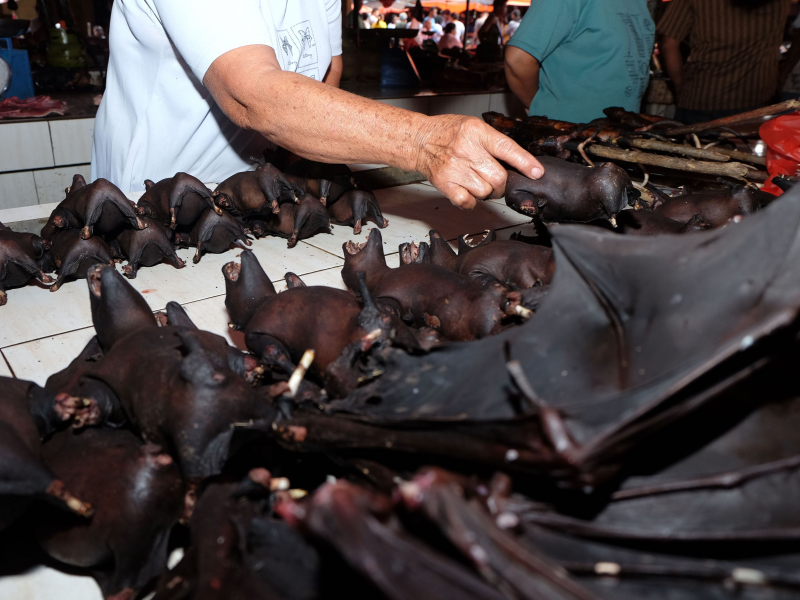
The full list of species protected under the new ban is still unclear. It covers wildlife already protected by law, other terrestrial animals of "important ecological, scientific and social value," and terrestrial wild animals in breeding farms, according to China's People's Daily. It does not apply to aquatic animals, livestock, or poultry.
Shuttering a multibillion-dollar industry
China's wild-meat industry is valued at $7.1 billion and employs 1 million people, Nature reported. The value of the larger wildlife-farming industry is closer to $74 billion, according to a 2017 report by the Chinese Academy of Engineering.
"A total ban on trading wild animals would criminalize a substantial proportion of the Chinese population, and be untenable," Zhao-Min Zhou, a Chinese wildlife-policy researcher, told Nature. He added that shuttering animal markets would just move the trade to the black market.
Since the outbreak began, Chinese authorities have shut down 20,000 farms raising peacocks, civet cats, porcupines, ostriches, and wild geese, The Guardian reported.
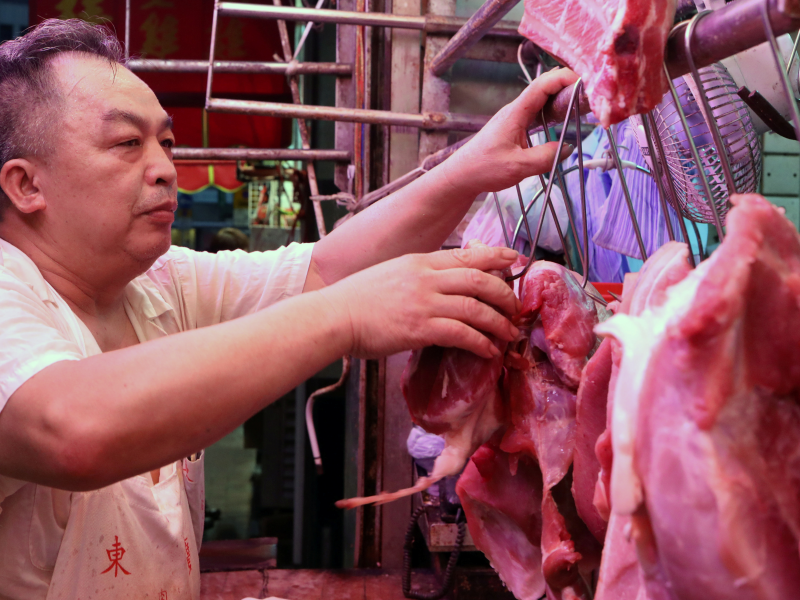
But many experts support this type of intervention to help prevent the spread of viruses.
"The government has signaled that it wants to take immediate action to prevent any future outbreaks of diseases that spread from animals to humans," Li Zhang, a conservation biologist at Beijing Normal University, told Nature. He added that wildlife trade and consumption represented a direct threat to animals and a major public-health risk.
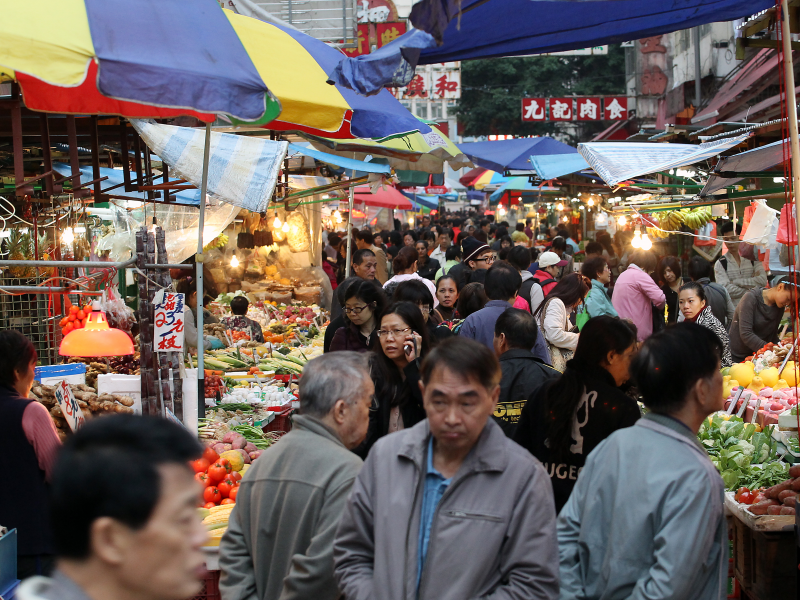
That's because the close proximity of shoppers and vendors to live and dead animals at wet markets creates a breeding ground for zoonotic diseases.
"For cultural reasons in the region, people want to see the specific animals they're buying be slaughtered in front of them, so they know they're receiving the products they paid for," Emily Langdon, an infectious-disease specialist at the University of Chicago, wrote in an article. "That means there's a lot of skinning of dead animals in front of shoppers and, as a result, aerosolizing of all sorts of things."
75% of emerging infectious diseases come from animals
Three-quarters of new or emerging infectious diseases in people come from animals, according to the Centers for Disease Control and Prevention. Bats harbor a significantly higher proportion of zoonotic viruses than other mammals. They pass them along in their poop: If a bat drops feces onto a piece of fruit that another animal then eats, that creature can become a carrier.
Genetic evidence suggests that the new coronavirus almost certainly originated in bats, which passed it to another animal. The virus then jumped from that animal to people at a wildlife market. SARS (which is caused by a coronavirus) originated in bats too, then jumped to civets, which passed it to people in a Chinese wet market. The SARS coronavirus infected more than 8,000 people and killed 774 between 2002 and 2003.
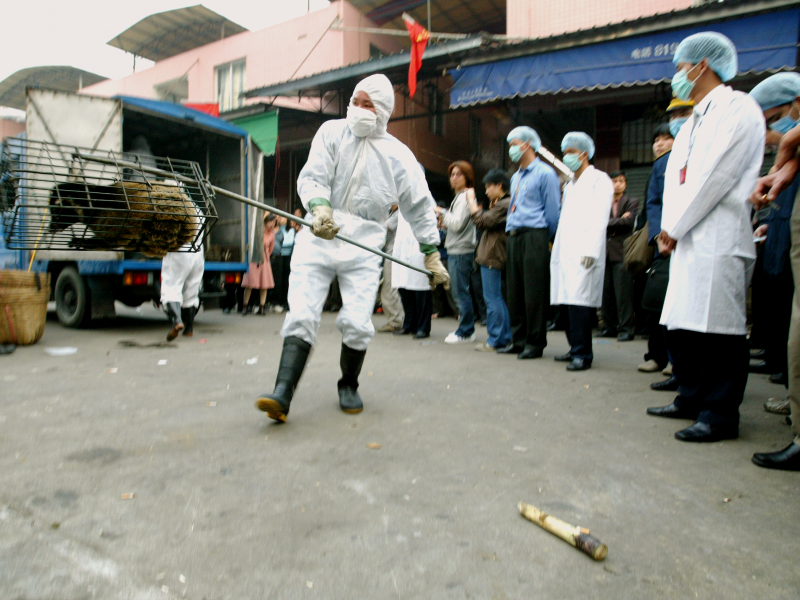
Experts still aren't sure which animal species served as the new coronavirus' intermediary between bats and people. Many possibilities have been floated, including snakes (which is unlikely), pigs, civets, and pangolins - endangered mammals that are roasted and eaten in China, Vietnam, and parts of West Africa and whose scales are used in traditional Chinese medicine.
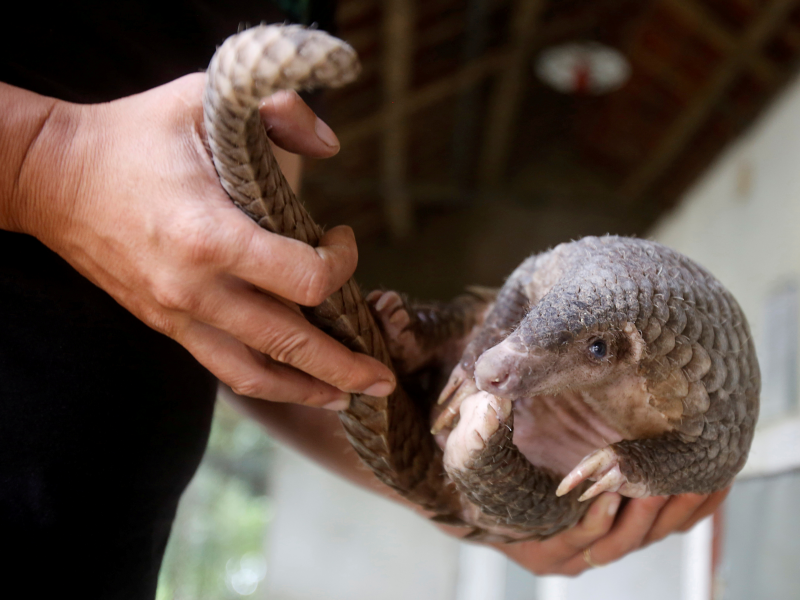
Pangolins were the most trafficked nonhuman species in the world in 2013, according to National Geographic. The Convention of International Trade in Endangered Species declared pangolin trade illegal in 2016.
The trade and consumption of pangolins was already illegal under China's Wildlife Protection Law.
- Read more about the novel coronavirus:
- Everything we know about the deadly coronavirus virus sweeping across China
- The outbreaks of both the new coronavirus and SARS likely started in Chinese wet markets. Photos show what the markets look like.
- The new coronavirus may have jumped to people from endangered pangolins, some researchers now suggest
- Experts think bats are the source of the new coronavirus. At least 4 pandemics have originated in these animals.

